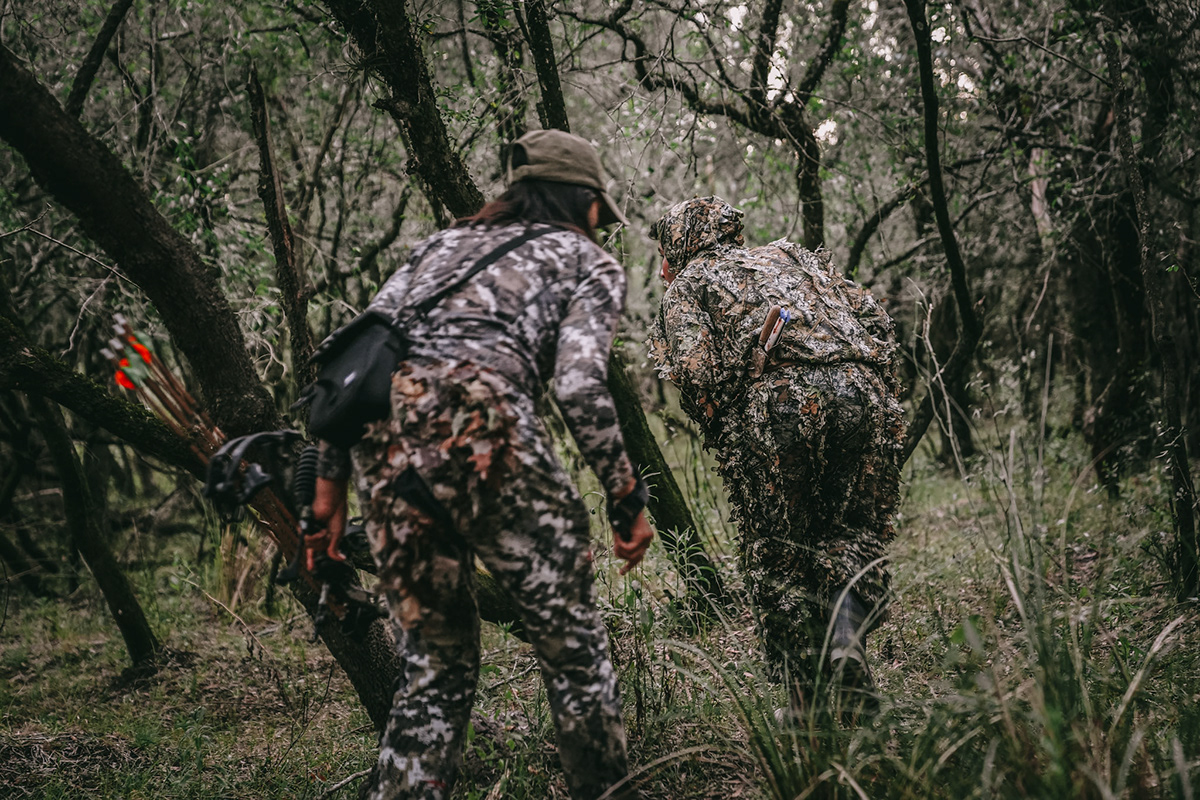When spring rolls into early summer, whitetail hunters know it’s time to shift gears. Shed hunting season is winding down, food plots are in the ground, and now comes one of the most underrated but critical parts of your annual game plan: scouting.
Early summer offers a narrow window where the woods are green, deer are active, and human pressure is low. If you want to fill your tag this fall, patterning deer in early summer—before the heat drives them into deeper cover—is a smart and strategic move.
Here’s how to make the most of this phase of the season.
1. Understand Summer Deer Behavior
During early summer, whitetails are still in their bachelor groups—bucks are relaxed and predictable, especially compared to the rut. They’ll bed in secure cover near food and water and keep fairly tight, habitual patterns.
Key traits of early summer whitetail behavior:
- Bucks feed mostly in the evening and at night.
- They prefer edge habitat between woods and fields.
- Movement is typically short-range and routine.
- They seek shade and breezy bedding areas during hot days.
Understanding this calm and repetitive behavior is your biggest scouting advantage.
2. Use Optics—Not Boots
One of the golden rules of summer scouting: don’t stink up the woods. Boots-on-the-ground scouting in early summer is risky. Instead, rely on:
- Binoculars and spotting scopes from a distance.
- Observation sits on field edges or high points.
- Trail cameras placed smartly on entry trails, mineral licks, or watering holes.
Minimizing intrusion keeps deer comfortable and unaware they’re being watched.
3. Deploy Trail Cams Early and Smart
Early summer is when trail cameras can offer high-value intel. To make the most of them:
- Set cameras facing north or south to avoid sunrise/sunset glare.
- Use video mode or burst mode to better gauge direction and group size.
- Focus on transition areas: where deer move from bedding to feeding.
- Check cameras sparingly—ideally once every 2–3 weeks.
Want to go stealth mode? Try cellular trail cams to avoid leaving scent behind altogether.
4. Identify Food and Water Sources
Early summer food sources are changing. Deer are moving off spring green-up and starting to key in on:
- Soybean fields
- Clover plots
- Browse along field edges
- Natural forage like forbs and briars
Water becomes even more important as the days heat up. If you can find a secluded water source near bedding cover, you’ve found a deer hotspot.
5. Map Summer Beds and Travel Corridors
While bedding can be harder to pin down in summer, bucks still favor:
- North-facing slopes for cooler temps
- Overgrown creek bottoms or CRP fields
- Thick woods with good airflow
Use tools like aerial maps, onX, or HuntStand to connect dots between food, water, and cover. Bucks often travel the same routes daily in early summer—scouting those corridors now helps you anticipate movement patterns come September.
6. Glass From Afar During Golden Hour
Evening glassing is one of the most effective low-impact tactics in early summer. Set up on a high point near a bean field or clover patch and wait. Bring:
- A light tripod and spotting scope
- Bug spray and light camo
- Notebook or your phone to record behavior
Take note of entry points, time of appearance, wind direction, and how deer interact with each other.
7. Start Building the Hit List
Summer is prime time to build your buck inventory. Velvet antlers grow fast in June and July, and by early August, you’ll have a solid look at which bucks survived winter and what caliber of deer you’re working with this fall.
Start naming, tracking, and understanding the habits of those target bucks now.
8. Stay Ahead of the Heat
Once the dog days of summer hit, deer movement slows and shifts to mostly nocturnal patterns. That’s why early summer scouting matters—you’re catching bucks during one of the most transparent phases of the year.
By August, the woods are thicker, deer are warier, and the value of new intel drops. Beat the heat and act now.
Final Thoughts
The hunters who kill mature bucks in October or early November? Most of them started planning months earlier. Early summer scouting is your chance to gather low-impact, high-value intel while deer are still in their most patternable state.
So grab your glass, check your cams, study those maps, and start watching the land come alive. Fall success often starts with a sweaty June sit and a notebook full of observations.
Scout smart. Hunt hard. The season’s closer than you think.


